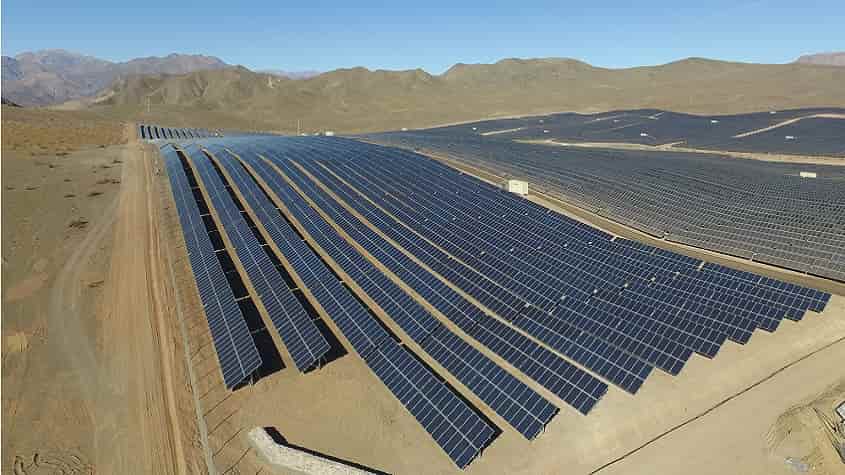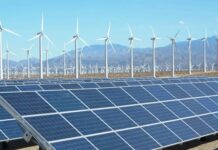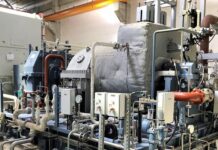1. Tell us more about JinkoSolar as one of the leading global industry players today.
JinkoSolar succeeded in what appeared to be a long-standing objective – be the number one in the solar industry for module supply. What is clear from JinkoSolar’s rise is the degree to which the company has excelled in global sales and marketing activities.
The reason behind this is the company’s high quality products, industry leading technology, branding and customer’s trust. JinkoSolar has differentiated itself by stressing the importance of sound financial management, module quality, tailored products and solutions for customers and on-time delivery. JinkoSolar is the first Chinese PV manufacturer to receive Q+ Certificate from TUV Rheinland, which is a stringent testing criteria representing the industry’s latest standards. In addition to its entirely PV module portfolio passing double 85 PID-Test, the company aims to offer clients the most reliable products, generating more power even in harsh environment conditions.
Currently the company has deployed over 19 GW of solar modules globally with 6.65 GW shipments in 2016 and will hold the leadership position in the industry going forward.

2. How is JinkoSolar, as a leading company, propelling the idea of renewable into a new phase of growth?
JinkoSolar always believes that solar PV is the most accessible form of renewable energy, apart from utility scale projects, a PV system can be installed on any rooftop. Hence everyone can be running his/her own power plant at home or at work.
In the meantime, JinkoSolar invests heavily on R&D, focusing on driving down the costs of solar power. The cost of solar PV has been dropping dramatically over the past few years and starting to undercut coal according to recent biddings.Solar PV will be cheaper than fossil fuels, which will open a new phase of PV growth globally.
3. Cell technologies are being adopted as a part of capacity expansions and are paramount to every manufacturer, downstream installers and EPCs. How is JinkoSolar seeking to have leading market-share across all global end-markets?
JinkoSolar has balanced market development in all of its 7 business units. The company does not rely on a single market to support its overall module shipments, which allows continuous growth over the years.
In the meantime, JinkoSolar has implemented different marketing strategies in each market, which reflected greatly on today’s results. As of today, JinkoSolar ranks No.1 in market share in China, Chile, Mexico, Brazil, Turkey, UK, Australia and South Africa, in addition, Jinko has the largest addressable utility-scale market share in the United States.
4. How do you see India as a huge market for solar energy given the boost by the government and country’s zeal in promoting new energy?
India is betting big by making a firm commitment to make non-fossil fuels 40% of the total power generation capacity of the nation by the year 2032. India has drawn up plans to achieve 175GW of renewable energy capacity by 2022 as part of its commitments to the United Nations Framework Convention on climate change adopted by 195 countries in Paris in December 2015.
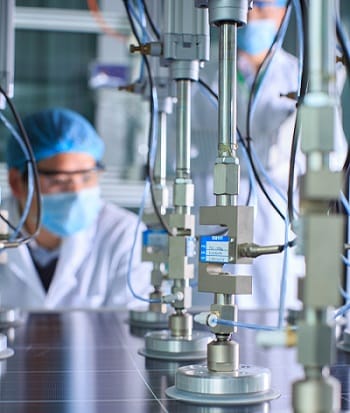
Out of this 100 gw has to be achieved in Solar which creates a huge market for PV modules. We see this as a great opportunity. We want to contribute actively towards the solar infrastructure of the country that lasts long and generates maximum power.
JinkoSolar values the Indian market, and has a variety of products and solutions to meet clients’ requests.
5. What are the opportunities and challenges in Indian renewable energy market? Share with us challenges and opportunities in Chinese RE market too?
India is a very exciting market given the scale and serious players in the market. The local government has introduced a lot of favorable policies to promote renewable energy generation within the country. This has also led to foreign investment and growth of the sector.
There are some indirect challenges in India’s solar push, the first being poor financial health of DISCOMs. The transmission infrastructure also has to be improved for seamless power flow.
For manufacturers, the price of modules are coming down due to heavy competition however, this would also benefit the sector as it would aid in achieving grid parity over the years.
6. Along with manufacturing, JinkoSolar now has R&D activities and capex allocations that make the company a technology-innovator, and not just following mainstream trends. Tell us more about it?
Historically, JinkoSolar was mainly focused on the cost-reduction side of GW-level cell manufacturing, and was heavily reliant on cells from other cell producers for use in its modules. This all changed a couple of years ago and,JinkoSolar now has 4GW solar cell capacity as of December 31, 2016. JinkoSolar’s R&D has focused on improving it’s module’s power output. Having achieved a world record of 334.5W 60-cell polycrystalline and 343.9W 60-cell monocrystalline module power output, JinkoSolar has achieved a mass production of 310W 60-cell Mono PERC modules, 10 watts higher than the market main stream. In addition, JinkoSolar offers different options for consumers, including all black modules for residential market and Smart Solutions for other building integrated PV installations.
7. You recently participated in the PV Cell Tech, what where your major takeaways from the event, in terms of manufacturing industry.
Get an update on cell technology and manufacturing status; especially, about PERC cell manufacturing – why there is so much capacity build up and only a few cells produced in 2016?
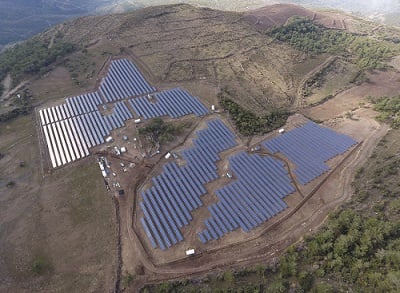
The lack of PERC production, in contrast to the regular announcements we have been hearing in the industry on PERC, or the myriad of demo modules shown at the industry’s main exhibitions during 2016. However the move to PERC is happening rapidly, and the capacity plans and full line integration plans are being done at a frantic rate. It always takes time to get things optimized quickly when implementing new process flows, and of course, it needs the entire cell production line to be optimized, not simply rear side deposition and laser openings. Everything needs to work together on the cell lines. PERC is not an instant drop-in solution: it takes time, it is perhaps not surprising that some observers are questioning the suggested mismatch with PERC capacity announcements and modules hitting the end-market.
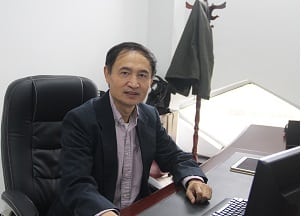 Dr. Qi Wang currently is a Chief Scientist at Jinkosolar. Previously, he was a Chief Scientist at Solar BU, GCL System Integration. Dr. Wang also worked at National Renewable Energy Laboratory (NREL) for 19 years served as a Principal Scientist and Si Group Manager. He received Ph.D. in solid state physics from Syracuse University, USA.
Dr. Qi Wang currently is a Chief Scientist at Jinkosolar. Previously, he was a Chief Scientist at Solar BU, GCL System Integration. Dr. Wang also worked at National Renewable Energy Laboratory (NREL) for 19 years served as a Principal Scientist and Si Group Manager. He received Ph.D. in solid state physics from Syracuse University, USA.
About JinkoSolar Intro
JinkoSolar , the world leader in solar industry is focusing extensively on the Indian market to support this growth story. The company supplies its solar products and services to a diversified utility, commercial and residential customer base across 80 major countries across the globe, securing No.1 market share in China, USA (utility), Australia (DG market), South Africa, UK, Brazil, Chile and Mexico.
JinkoSolar has built a vertically integrated solar product value chain, with an integrated annual capacity of 5.0GW for silicon ingots and wafers, 4.0GW for solar cells, and 6.5 GW for solar modules.
JinkoSolar has 6 productions facilities in Jiangxi, Zhejiang and Xinjiang Provinces, China, Malaysia, Portugal and South Africa, and 34 subsidiaries and sales offices across the globe.

































